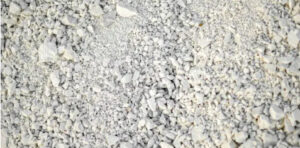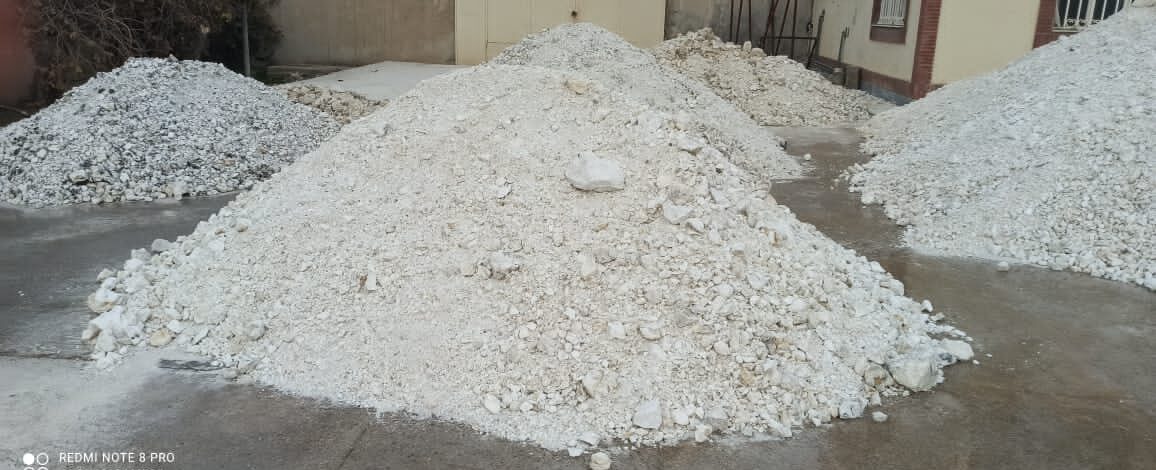Introduction to Barite and Its Importance in the Paint Industry
Barite, a naturally occurring mineral composed of barium sulfate (BaSO4), is a critical component in various industrial applications, particularly in the paint production sector. Known for its unique properties, including high density, chemical inertness, and excellent brightness, barite serves as an essential additive that enhances the quality and performance of paints. As the demand for high-quality coatings continues to rise, understanding the role of barite in paint formulations is vital for manufacturers aiming to meet consumer expectations and industry standards.The Integral Role of Barite in Paint Production

The Benefits of Using Barite in Paint Production
1. Enhanced Opacity and Brightness
One of the primary advantages of incorporating barite into paint formulations is its ability to improve opacity and brightness. Barite’s high refractive index allows it to scatter light effectively, resulting in paints that are more vibrant and visually appealing. This characteristic is particularly beneficial for decorative paints, where color accuracy and richness are essential. By using barite, manufacturers can achieve a more uniform and consistent finish, ensuring that the final product meets the highest aesthetic standards.The Integral Role of Barite in Paint Production
2. Improved Viscosity and Texture
Barite also plays a significant role in enhancing the viscosity and texture of paint formulations. The mineral acts as a thickening agent, allowing for better control over the paint’s flow and application properties. This is crucial for achieving a smooth and even application, whether by brush, roller, or spray. A well-formulated paint with the right viscosity not only improves the user experience but also ensures that the paint adheres properly to surfaces, resulting in a durable and long-lasting finish.
3. Cost-Effectiveness and Sustainability
In addition to its performance benefits, barite is a cost-effective solution for paint manufacturers. Its abundance and relatively low cost make it an attractive option for companies looking to optimize their production processes without sacrificing quality. Furthermore, as sustainability becomes a key focus in the industry, barite’s natural origins and non-toxic properties align with the growing demand for environmentally friendly products. By using barite, manufacturers can create paints that are not only high-performing but also safe for consumers and the environment.
The Role of Barite in Different Types of Paints
1. Architectural Paints
In architectural paints, barite is often used to enhance the overall quality of the product. Its ability to improve opacity and brightness makes it a popular choice for interior and exterior paints. Additionally, barite contributes to the durability of architectural coatings, ensuring that they withstand various environmental conditions while maintaining their aesthetic appeal.
2. Industrial Coatings
Barite is also widely used in industrial coatings, where its high density and chemical resistance are particularly valuable. These coatings are designed to protect surfaces from corrosion, abrasion, and other forms of wear and tear. By incorporating barite, manufacturers can enhance the performance of industrial paints, ensuring that they provide long-lasting protection in demanding environments.
3. Specialty Coatings
In specialty coatings, such as those used in automotive or marine applications, barite plays a crucial role in achieving specific performance characteristics. Its unique properties allow manufacturers to tailor paint formulations to meet the stringent requirements of these industries. Whether it’s improving adhesion, enhancing durability, or providing a specific finish, barite is an essential component in creating high-quality specialty coatings.
The Future of Barite in Paint Production
As the paint industry continues to evolve, the importance of barite as a key additive will only grow. With increasing consumer demand for high-quality, durable, and environmentally friendly paints, manufacturers who leverage the unique properties of barite will be better positioned to meet these challenges. Innovations in paint formulations, driven by advancements in technology and a focus on sustainability, will further enhance the role of barite in the industry.
1. Innovations in Barite Processing
Recent advancements in barite processing techniques have led to the development of higher purity grades and finer particle sizes. These innovations allow manufacturers to create paints with improved performance characteristics, such as enhanced opacity and better flow properties. As processing technologies continue to improve, the versatility of barite in paint formulations will expand, opening new opportunities for manufacturers.
2. Growing Demand for Eco-Friendly Products
The increasing emphasis on sustainability in the paint industry is driving the demand for eco-friendly products. Barite, being a naturally occurring mineral with low environmental impact, aligns well with this trend. Manufacturers who prioritize the use of barite in their formulations can appeal to environmentally conscious consumers and differentiate their products in a competitive market.
3. Expanding Applications of Barite
As research continues to uncover new applications for barite in the paint industry, manufacturers can explore innovative ways to incorporate this mineral into their formulations. From enhancing the performance of traditional paints to developing new specialty coatings, the potential for barite in paint production is vast.

